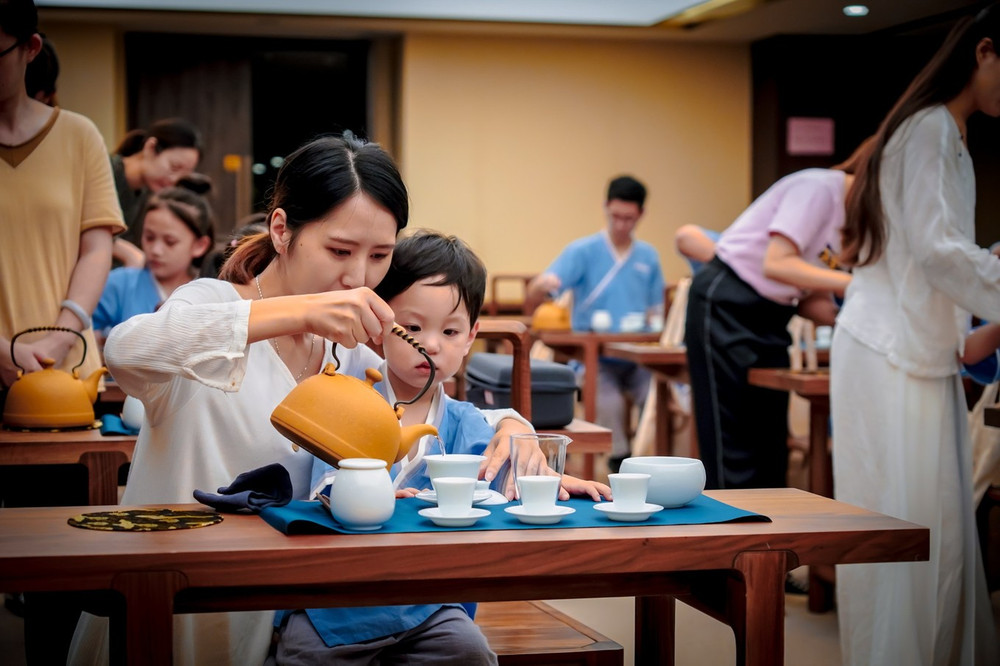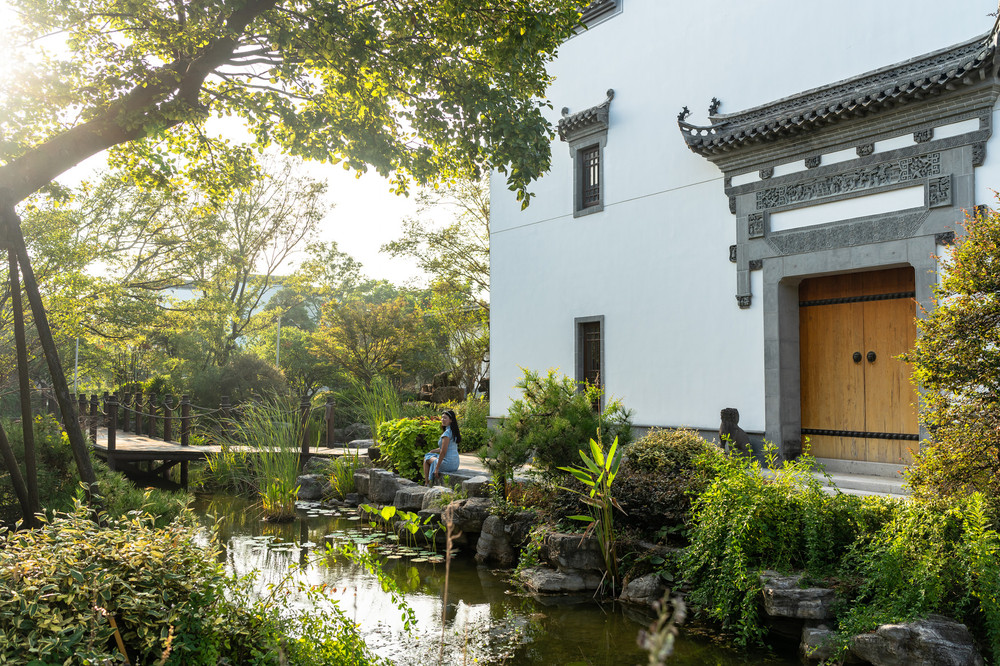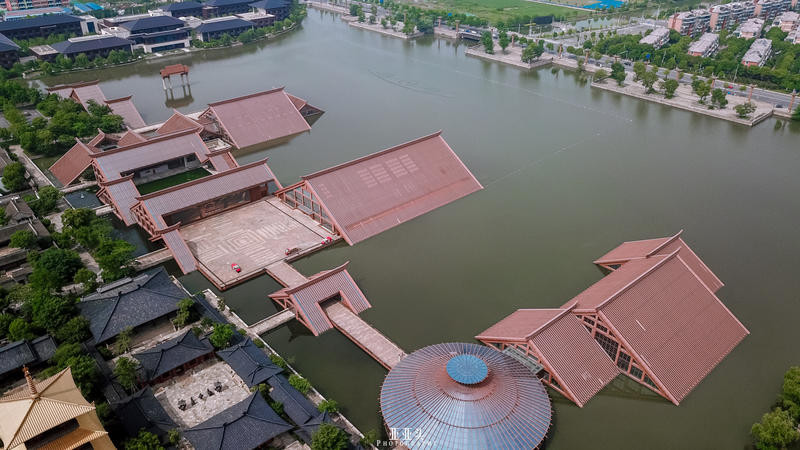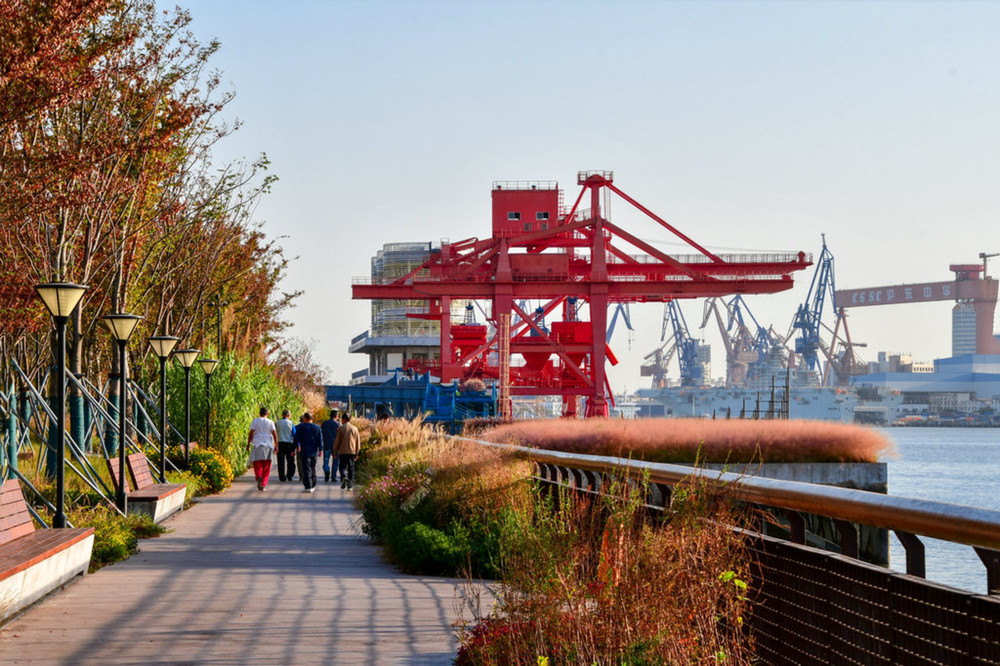The Bund, also known as Waitan, is a historic waterfront area in central Shanghai, renowned for its grand Western-style buildings dating from the late 19th and early 20th centuries. These structures showcase architectural styles from the colonial era, including neoclassical, Beaux-Arts, Gothic, and Baroque. Flanked by 22 heritage art deco buildings constructed between 1920 and 1930, The Bund also offers a view of the modern skyscrapers of Lujiazui in Pudong District across the Huangpu River. For centuries, it has been Shanghai’s most famous tourist destination and a symbol of the city’s pride.
The history of The Bund is entwined with controversy. Following China’s loss in the first Opium War in 1842, the Treaty of Nanking forced Shanghai to open to Western powers for trade. This led to the establishment of settlements and concessions along the Huangpu River, transforming the area from farmland and wetlands into a bustling trade center. The British and American eventually formed the International Settlement in 1863, furthering The Bund’s growth. Initially, The Bund was home to small offices, but by the late 19th century, larger neo-classical and British colonial-style buildings emerged. Trading companies initially dominated The Bund, but as trade increased, financial institutions became the city’s biggest industry by the early 20th century. The Imperial Bank of China, the first Chinese bank, opened in 1897, followed by other banks like the Hong Kong Shanghai Banking Corporation (HSBC). The Bund offers a wealth of experiences for visitors from around the world. Here are the top-10 things to see and do: 1. Walk along the Bund: To the west of The Bund, you’ll find an array of buildings often referred to as ‘the museum of grandiose buildings.’ These buildings exhibit various architectural styles, including Gothic, Baroque, and neoclassical. Walking along The Bund allows you to appreciate the century-long charm and culture of Shanghai. 2. East Wind Hotel (No.2) 3. Shanghai Pudong Development Bank (No.12) 4. North & South Building of Peace Hotel (No 19 & 20) 5. Huangpu River Cruise 6. Bund Sightseeing Tunnel 7. Huangpu Park 8. Morning Exercise 9. Photography 10. Visiting Places to Eat The best time to visit The Bund and the various ways to get there include: 1. Metro 2. Bus 3. Ferry Accommodation near The Bund is also available for a convenient stay.Discover the top 10 things to experience on the iconic Shanghai Bund:
1. East Wind Hotel (No.2): Once known as the Shanghai Club, this social club for British nationals was constructed in 1861 and rebuilt in 1910 with a neo-classical design.
2. Shanghai Pudong Development Bank (No.12): Formerly the HSBC Building, this neo-classical masterpiece was designed by Palmer & Turner Architects and Surveyors and was the second-largest building in the world at the time of its construction from 1921 to 1923.
3. North & South Building of Peace Hotel (No 19 & 20): The Southside, originally the Central Hotel, was founded in 1850 and renamed The Palace Hotel after restructuring in 1906. The Northside, Sassoon House, was designed by Palmer and Turner Architects Limited and constructed from 1926 to 1929.
4. Other Notable Buildings: The Bund also features the Broadway Mansions, Union Church, and Bund 18, among others.
5. Huangpu River Cruise: After exploring The Bund, take a Huangpu River cruise to view historical architecture and modern skyscrapers. Cruises range from 30 minutes to 3.5 hours, with options for Highlight Cruise and Classic Cruise. Tickets are available at Shiliupu Wharf, costing between 75 to 150 RMB. For a budget option, consider the ferry-rede across Pudong, which costs only 2 yuan.
6. Bund Sightseeing Tunnel: This subterranean passageway offers a unique experience, connecting The Bund to Pudong District with a ‘trippy’ light show and sound effects, especially enjoyable for children.
7. Best Time for Cruises and Ferries: The evening post-sunset is ideal, offering a stunning view of lights on both sides of the river.
Discover the top 10 things to experience on the famous Shanghai Bund.



